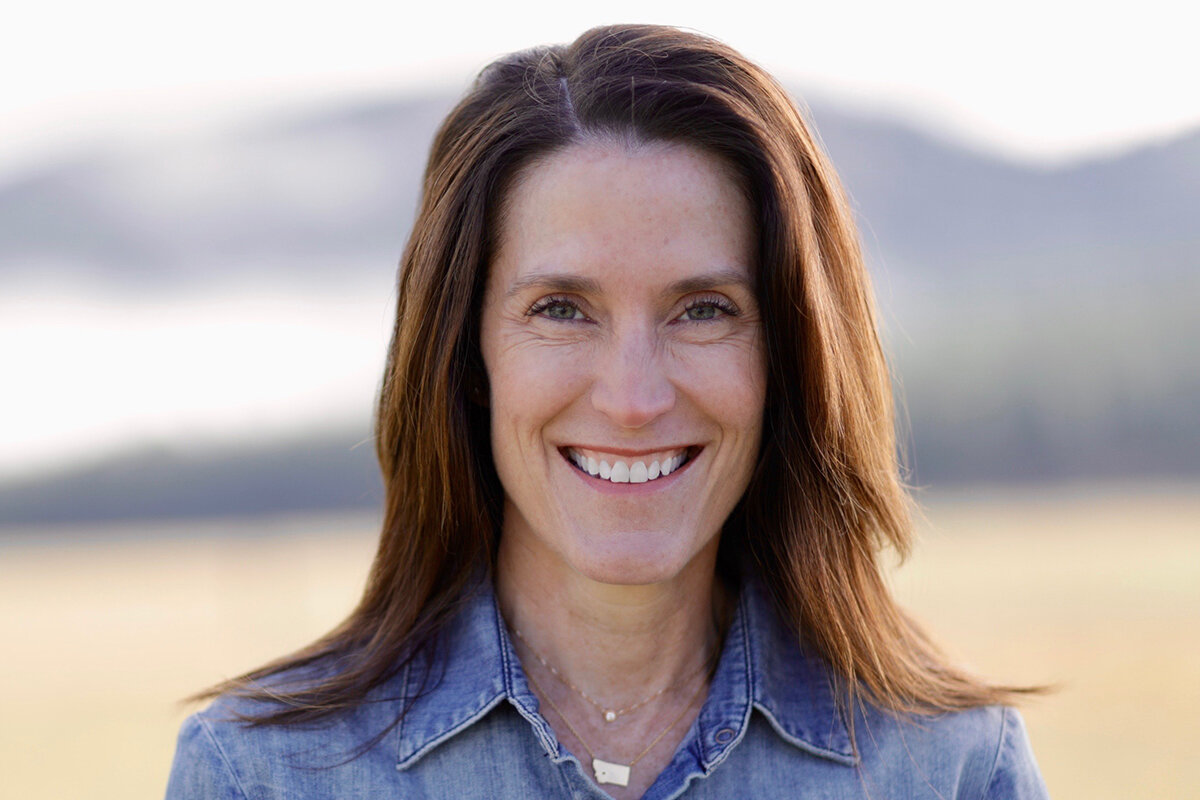Episode 9 - Labor Pains
Whitney Williams, pictured in 2020. Photo credit: montanafreepress.org.
Welcome to Mining City Reflections, where we illuminate the history of Butte, Montana through the stories and observations of 20th century women who lived there. I'm your host, Marian Jensen. While the Butte Archives Oral History collection has preserved the personal reminiscences of many of the city’s women, nothing captures the essence of the Mining City spirit more than the story of the Women's Protective Union.
In 1995, the Archives began the Women's Labor History Project to collect and catalog materials about this historic union, including oral histories of retired members. Whitney Williams, director of the project and a descendant of no less than six union members, collected numerous oral histories.
“Women like my grandmothers washed the clothes, ran the elevators, taught the children, nursed the sick, told the fortunes, waited tables, and in my family’s case, made the candy and the lunches for the workers in the boom town called Butte.”
Butters underground miners, working in one the most dangerous occupations in the country had begun to organize as early as 1878, and 34 unions in related crafts and trades existed by 1900. Women workers would not be left behind. The mines operated around 'the clock, but the women who cooked and cleaned for miners struggled for respectability and decent treatment while they provided what was called commercial domesticity. Despite the need for their services, working women at the turn of the 20th century were often maligned.
Butte police who arrested the city's prostitutes routinely allowed them to claim waitress as their occupation. Not only untrue, this misrepresentation disparaged the many women working in Butte restaurants and boarding houses. These workers were often miner’s widows and older daughters forced to leave school to work to support their extended family. The Women's Protective Union sought to secure rights for these women. The organization was founded in 1890.
“The reason for formation of this union was simple. As their charter states, “There is the need for an equal voice with men in saying what industrial conditions will prevail. The Women’s Protective Union, setting aside union tradition, had no occupation-based restrictions on who could or could not belong to this union. The requisite for this union was simple. You must be a woman and work outside the home.”
The Women's Protective Union became the second all-female union in the country and a formidable representative for their members.
“Women in this union found a collective voice in each other and through their union. In one respect, women in Butte were no different than women in the rest of America, in that they were denied the right to vote. And so women of Butte turned to their union where they, in solidarity, found a collective voice.”
Early leadership from two remarkable women. Lena Mattaush and Bridget Shea, provided stability following troubling miners’ strikes in 1917 and 1920. Both had been born in Ireland, but unlike many immigrant women, had learned to read and write. They understood the pressures working women had to face both at home and on the job, and used their skills in organizing. They visited employers regularly to address grievances, and to make sure their membership understood the importance of solidarity. While no recordings of Bridget Shea exist, her influence is apparent in the reflections of those who came after her.
“Oh Bridget O’Shea was the walking delegate, you’ve heard of her. I mean the bosses used to just kind of quiver when she came around because - and you wore your buttons! If you didn’t have it on, she’d fine ya. And nobody was afraid to talk about their problems because they couldn’t get fired. I mean the union was so strong. And they went to bat for ya.”
“We’d keep our eye out for Bridget to come in, but we loved her.”
The union's accomplishments were nothing short of extraordinary. Even without the right to vote, to influence elections or legislation, the WPU led the fight for a 10 hour day, achieving it before other cities in the West.
“For example, in 1903, Butte women led the rest of America to a 10-hour work day. Thanks to strong leadership and solidarity, the working women in Butte enjoyed a 10-hour workday before Seattle, Denver or San Francisco.”
Likewise, thanks to the WPU, Butte women's wages exceeded those in major cities across the country.
“In 1920, the wages in Butte, Seattle and San Francvisco averaged $17-18 per week. The national average was only $14. In New York and St. Louis, the average was only $12. And in Boston, the average was $10.”
The influence of these women could not be ignored at home either, The men's union asked for their help as well.
“In 1926, the Butte Miners Union Local #1 sent a letter to the leadership of the WPU appealing to them to ask the members of their union to pressure their unorganized husbands into organizing.”
But make no mistake, these 20th century women faced challenges unique to their gender. For example, during strikes, motherhood dictated they wear WPU picket banners across their backs.
“In addition to being workers and activists and political spokespersons, these women were mothers. And of course, as one former member of this union told me, “We could do a lot of things, but we could not carry a child and a picket sign at the same time.”
The Women's Protective Union's existence came to an end in the 70s. Ironically. under the Civil Rights Act of 1964, it was required to end its all female status. The union eventually merged with the local all male waiters and bartenders union.
“The working women of Butte have not only affected my life, but have forever changed the lives of working women in America. What they have done is important and worth remembering.”
